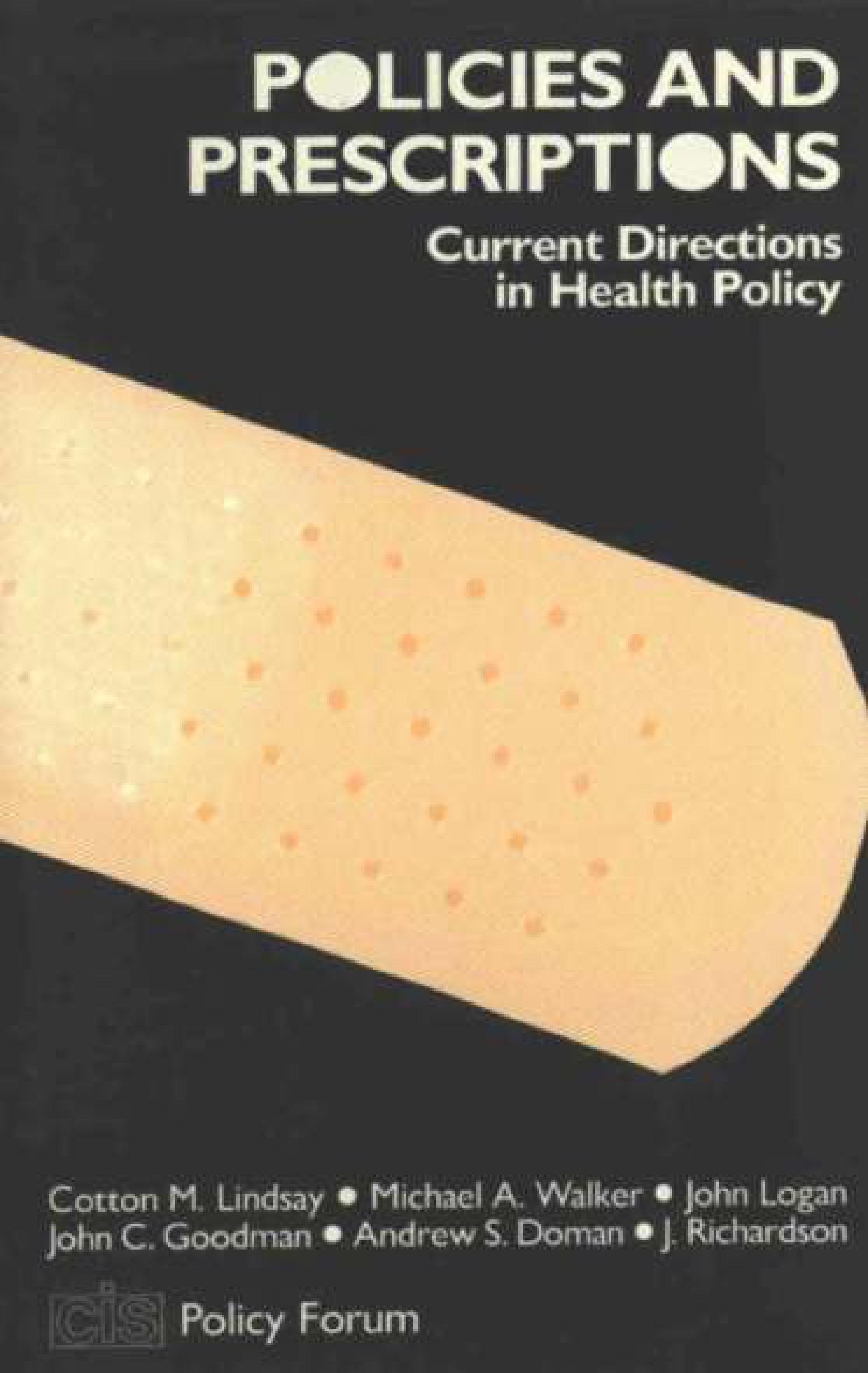
As Professor Cotton Lindsay reminds us in his first contribution to this volume, health economics is a relatively new speciality. Its emergence has been in response to greatly increased government expenditure on and involvement in health matters. (The development of other specialised fields of economics, e.g. agricultural economics and environmental economics, had similar causes.) Specialists try to differentiate their field by developing those aspects of theory that seem particularly relevant to their problems and by discovering real or imaginary peculiarities of their subject matter. These peculiarities arc often the basis for rationalisations of the need for government intervention. For example, some agricultural economists, puzzled by the maintenance of farm output in the Great Depression, postulated that farmers respond perversely to price signals. This theory of the so-called ‘peasant response’ provided the rationalisation of price policies whereby governments exploited agricultural producers. Similarly, the new field of health economics has thrown up what John Logan calls ‘a Say’s Law of Medicine, whereby supply creates (some of) its own demand’.
The notion that health care is different from other goods and services underlies much public discussion of health policy. Certainly the lobbyist’s rhetoric of ‘needs’ and ‘rights’ can be involved more plausibly with respect to the saving of lives and the alleviating of physical suffering than for most other causes. The economist’s reasonable (but no doubt boring) talk of ‘competing wants’ and ‘budget-constrained choices’ can be brushed aside as mean and uncaring by reference to the ‘pricelessness of human life’, etc. But, again to cite Professor Lindsay, the proportion of the nation’s health dollar that is spent on saving or even lengthening lives (i.e.. on what might be conceded to be needs) is probably less than 10 per cent. The great bulk of health care is devoted to the satisfaction of ordinary, competing, more-or-less-substitutable wants. Sound health policy must be based on the recognition that, to a very large extent, health care
is not different, and that it is susceptible to ordinary economic analysis, on both the demand and supply sides.
That, at any rate, is one of the themes in this collection of papers from a very successful conference. If some readers find the collection rather unbalanced in favour of the economic rationalist viewpoint. I would point out that this is not the fault of the conference
convenor, Andrew Doman, whose invitation to the Federal Minister of Health, Dr Blewett, to participate was declined; and whose invitation to the Secretary of the Department of Health was initially accepted but, in the event, not taken up.
— Ross Parish











